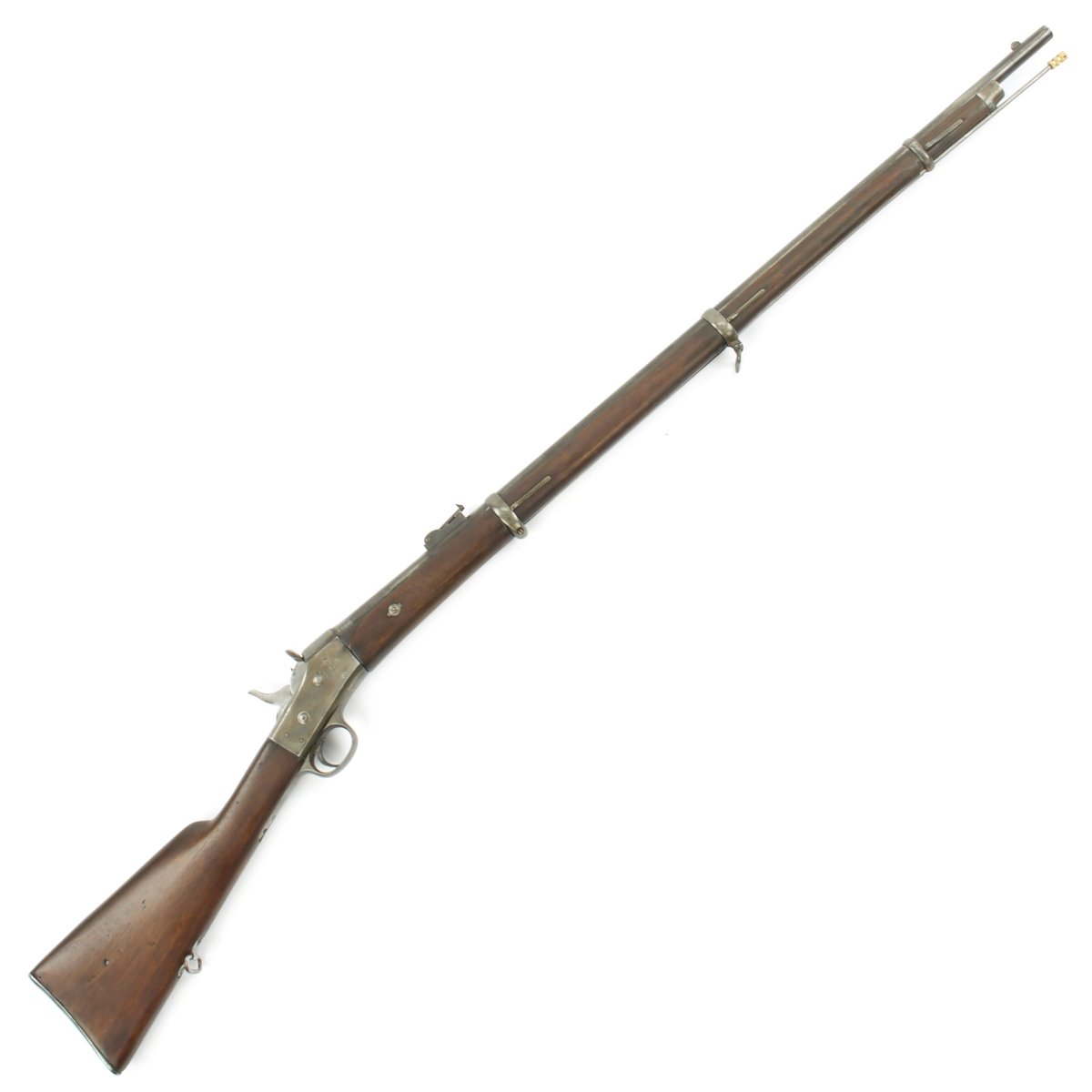

The rifles were regularly stocked items for such Western dealers as Denver’s Carlos Gove and E.C. By the fall of 1866, cases of Remington rolling-block rifles in various calibers had found their way to Kansas, Texas, Colorado Territory and elsewhere in the West. Meanwhile, back in the States, civilians were taking to the new Remington long arms. During the 1867 Paris Exposition, the High Commission on Firearms called the Remington rolling block “the finest rifle in the world” and awarded it the silver medal (highest award) for mechanical excellence. Its superior design was quickly recognized, and many nations, including Denmark, Egypt and Mexico, began to place orders. In late spring 1866, Samuel Remington crossed the Atlantic to demonstrate the rifle in Europe. Navy showed enough interest to place a few small sporadic orders. (See more on the Remington company in the February 2006 “Guns of the West” department.)Īn expert rifleman, Remington claimed, could fire 17 shots a minute with the rolling-block rifle.

Remington had something radically new to offer, and the new gun temporarily saved the company from bankruptcy. Once Rider’s mid- 1866 patent was issued, the simple but virtually indestructible rolling-block action became Remington’s new ace in the hole in countering the post–Civil War glut of surplus arms that was putting many gun companies out of business. The early “split-breech” action allowed the hammer to sit between the weaker, split-wall breechblock configuration that took only low-pressure, rimfire ammunition such as the. government placed an order for what became known as Remington “split-breech” carbines, just before Rider’s final improvement-strengthening the breechblock by machining it out of a solid billet of steel. In the last year of the Civil War, the U.S.

Rider brought the new action along, and with his 18 patents, put it in its nearly perfect final form. Remington & Sons, America’s oldest firearms manufacturer, took over Geiger’s patent and assigned one of its chief engineers, Joseph Rider, to make the necessary refinements. Geiger designed the basic action, in which the shooter “rolled” the breechblock backward with the thumb and inserted a cartridge in the breech, before the block “rolled” forward and the interlocking hammer cocked in one fluid motion. During the American Civil War, gunsmith Leonard M. Manufactured from 1866 to 1917, the Remington rolling-block cartridge rifle was so popular that more than half the world’s armies adopted it or purchased quantities for police or martial purposes. Remington & Sons of Ilion, New York, about the virtues of-and his satisfaction with- his special-order Remington single-shot rolling-block sporting rifle in. Custer in an October 5, 1873, letter to E. “With your rifle I killed far more game than any other single party …while the shots made from your rifle were at longer range and more difficult shots than were those made by any other rifle in the command….I am more than ever impressed with the many superior qualities possessed by the system of arms manufactured by your firm, and I believe I am safe in asserting that to a great extent, this opinion is largely shared.” Those were some of the comments made by Lieutenant Colonel George A.


 0 kommentar(er)
0 kommentar(er)
